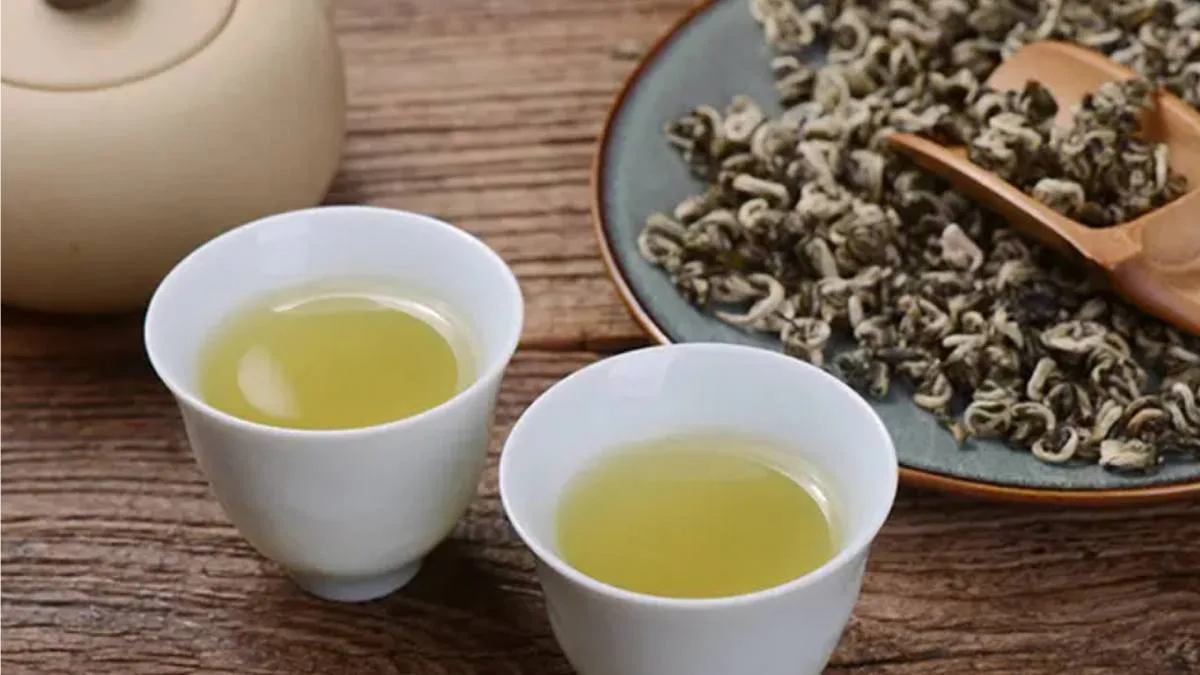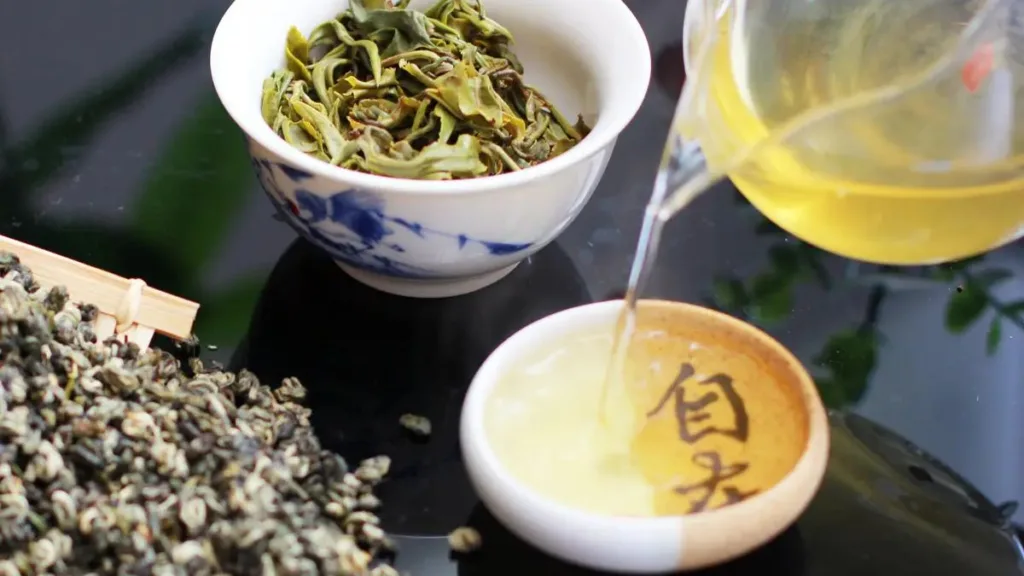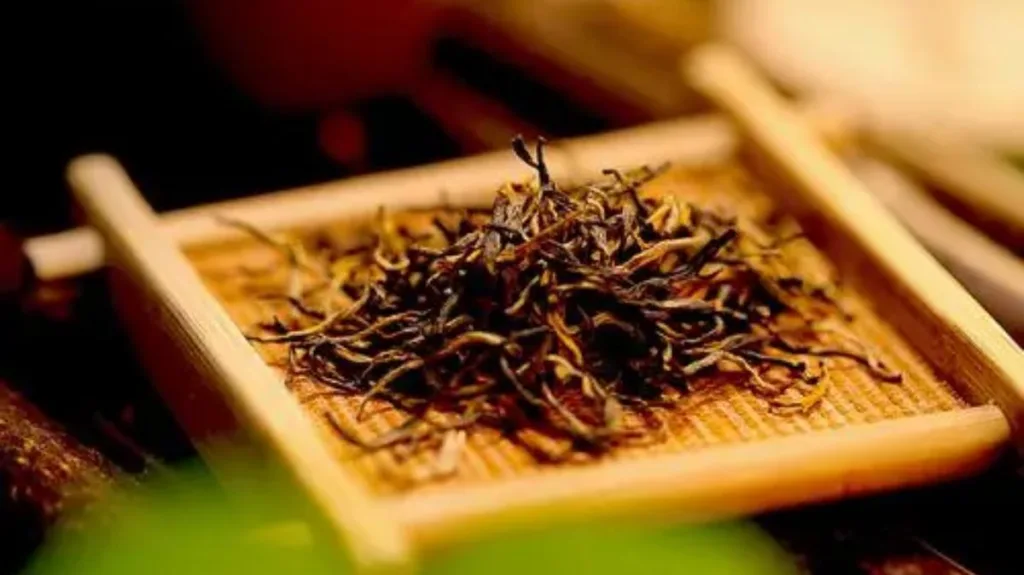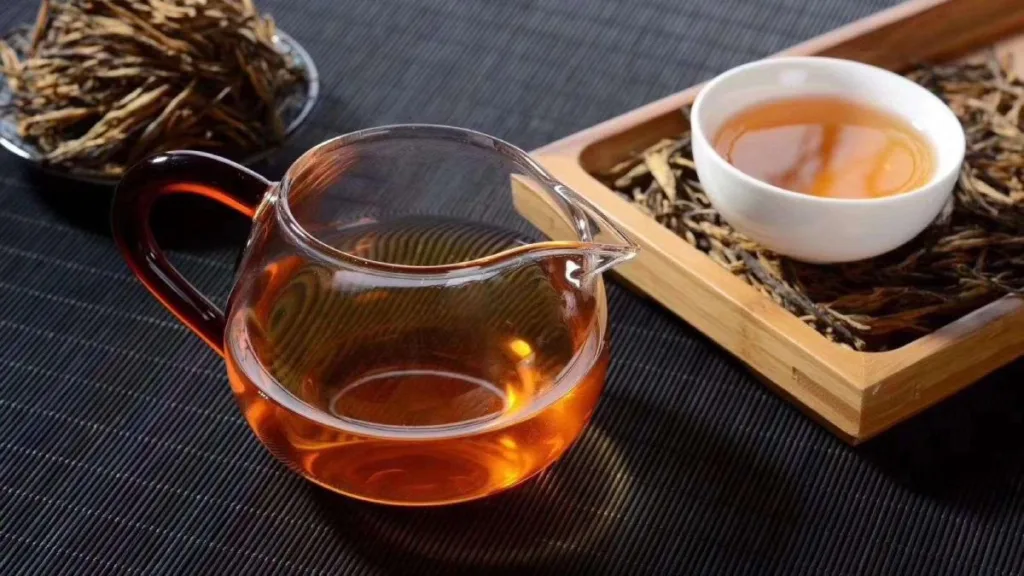Biluochun is a type of Chinese green tea with a long history and international renown. It is primarily grown in the Wu County area of Suzhou in Jiangsu Province, China, with Dongting Mountain as its primary production region. The region boasts a temperate and humid climate, fertile soil, and ideal conditions for Biluochun tea cultivation.
Dongting Mountain, with its prime location near the shores of Lake Tai, is often described as a “paradise on earth.” The natural environment in this region provides ideal conditions for tea bushes to thrive, resulting in the unique quality and flavors of Biluochun tea.
Biluochun tea is mainly cultivated on the East and West peaks of Dongting Mountain, with the Biluofeng (Green Snail Spring) tea produced in the Dongshan area being the most famous. The fertile soil, suitable climate, and nourishment from mountain spring water in this region contribute to lush tea plant growth and superior quality.
The Climate Requirements for Biluochun Tea Production:
- Temperature: Biluochun tea bushes are subtropical, shade-tolerant, perennial plants with small leaves. They thrive in temperatures with an annual average above 15°C. A minimum of three consecutive days with a daily average temperature above 10°C in March initiates bud sprouting and leaf growth. The best growth occurs between 20-30°C.
- Moisture: Adequate rainfall and moisture are essential for Biluochun tea production. An annual rainfall of about 1,500 mm with monthly averages above 100 mm is required. Good irrigation can compensate for lower rainfall.
- Sunlight: Light significantly influences tea plant growth and quality. Biluochun tea prefers red and yellow light, which contribute to photosynthesis and overall growth. Reduced sunlight, often due to cloud cover, during growth and early harvesting results in higher amino acid content, contributing to Biluochun’s unique flavor.
- Adverse Weather Conditions: Springtime low-temperature rains, excessive summer heat, and droughts can affect both the yield and quality of Biluochun tea. Extremely cold and wet spring weather can delay bud growth, leading to a later harvest.
Climatic Conditions in the Dongting Mountain Region:
- Temperature: The annual average temperature is 16.5°C, with monthly averages consistently above 15°C from April to October.
- Moisture: The region receives an average annual rainfall of 1,188.6 mm, with an average relative humidity of 77%. Rainfall is well-distributed throughout the growing season.
- Sunlight: The region enjoys an average of 1,812.8 hours of sunlight annually, with peak sunlight in July.
- Frost: Measures to prevent frost damage are essential.
To counteract the potential impact of adverse weather conditions, measures such as covering the ground with straw, shade nets, or ground film can help protect tea plants. Additionally, monitoring and maintaining soil moisture levels to prevent waterlogging and managing the timing of harvesting during and after rain are important for preserving the quality and yield of Biluochun tea.
In the Dongting Mountain region, mid-altitude areas are often chosen for tea cultivation because they are less prone to extreme weather conditions. The region’s unique climate, combined with its rich cultural heritage, results in the distinctive and sought-after Biluochun tea.



